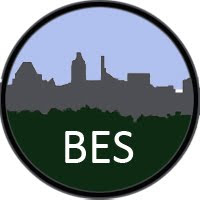Low-Income Baltimore Blocks Host Bigger, More Dangerous Mosquitoes
Scientific American reports on BES LTER mosquito research… “A new study published last October in the Journal of Medical Entomology found that in Baltimore, low-income neighborhoods bear the biggest burden: they have […]


